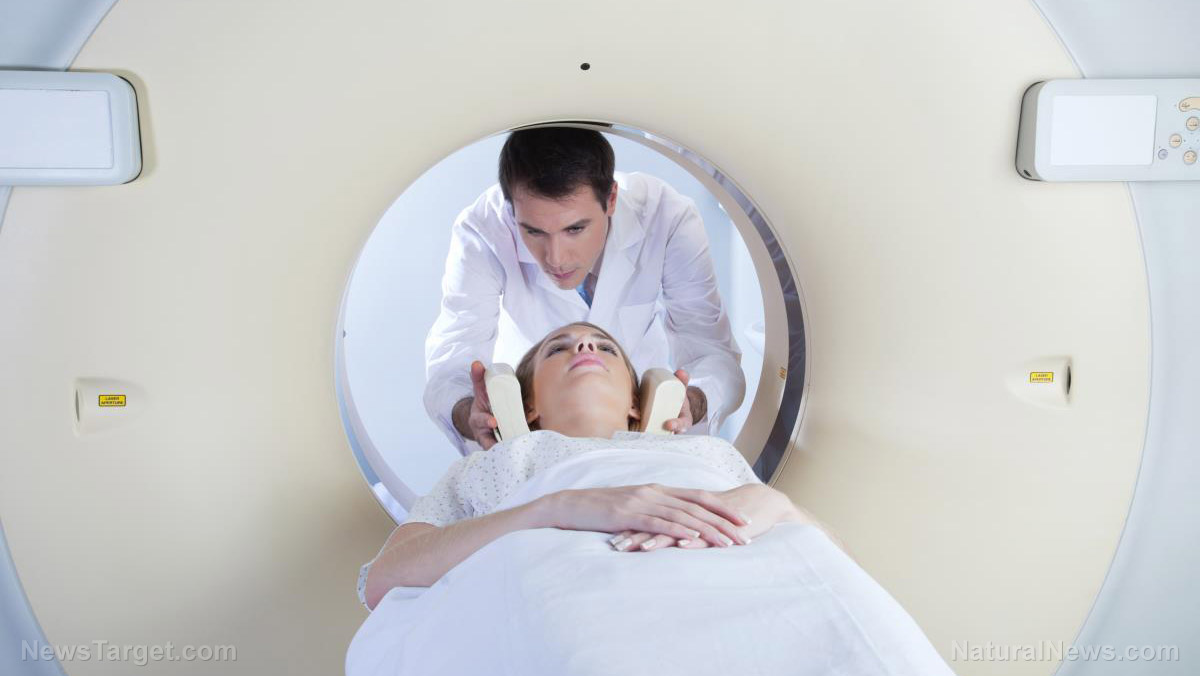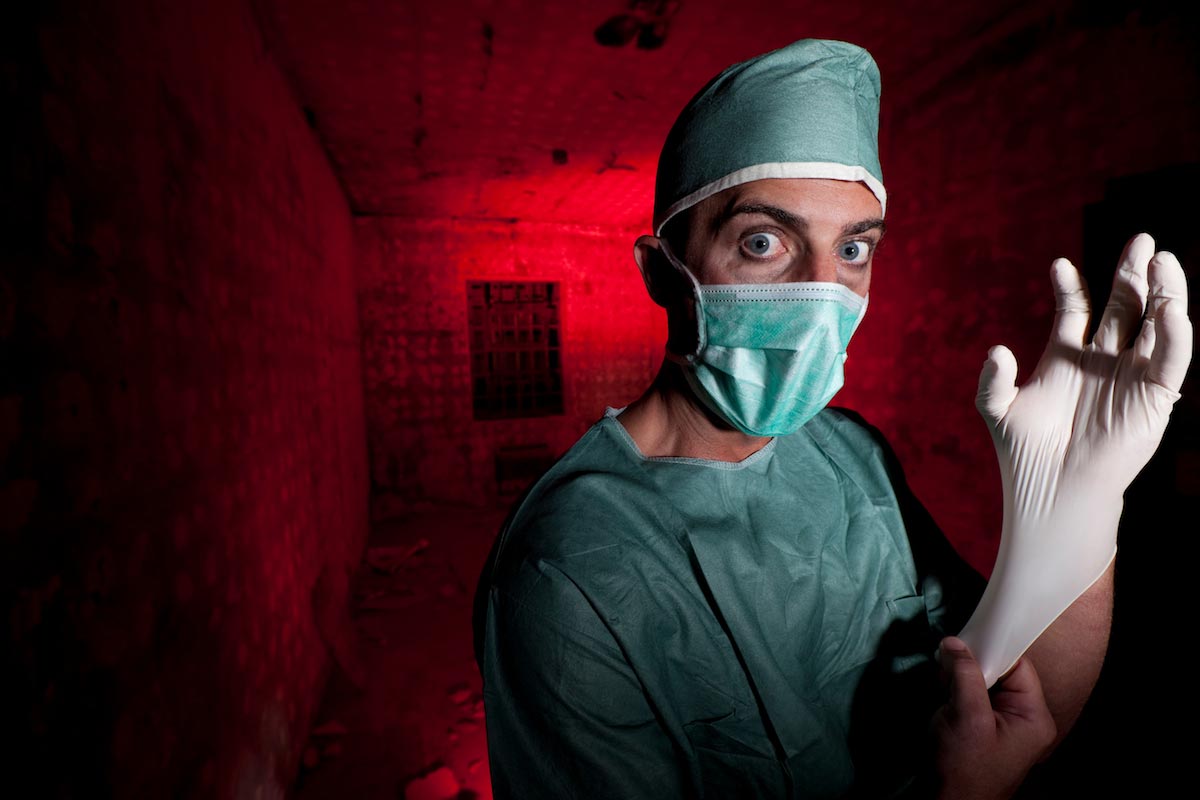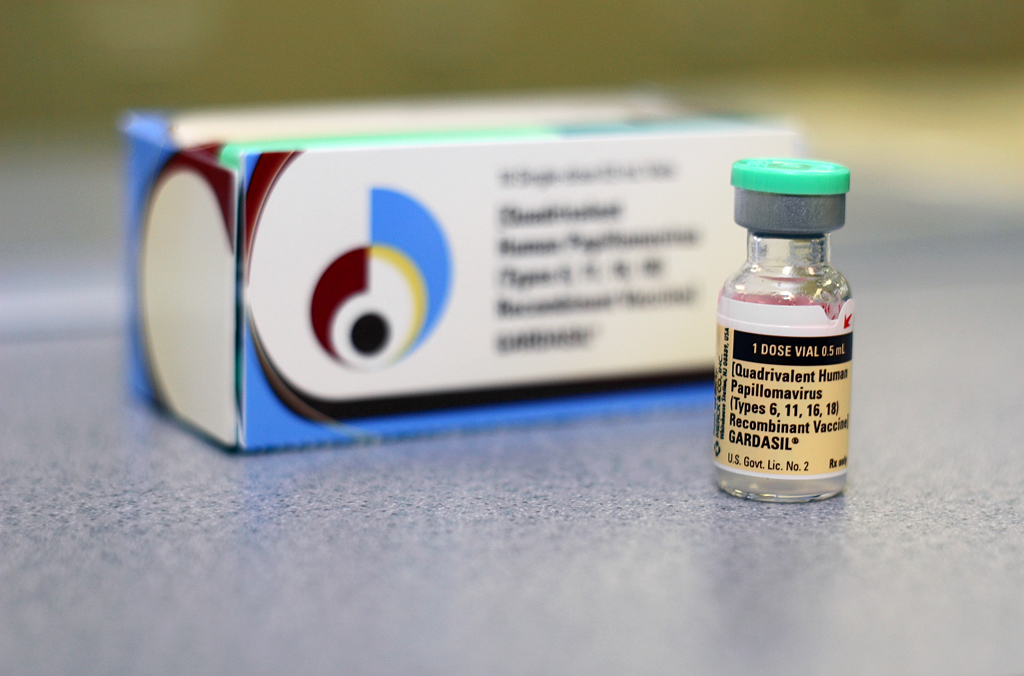CT scans may increase your risk of brain tumors
10/02/2018 / By Isabelle Z.

A computed tomography (CT) scan can be an incredibly useful tool in diagnosing certain problems and possibly helping people get much-needed treatment in time to make a difference. However, this usefulness comes with a great price: It increases the risk of brain tumors, especially in children, according to a new study that was published in the Journal of the National Cancer Institute.
The problem is that CT scans deliver far higher doses of radiation than other types of tests. This can be especially taxing on children, who are also more vulnerable to malignancies related to radiation than adults and also have more time ahead in their lifetime to show the effects of radiation.
The researchers looked at more than 168,000 Dutch children who had been given one or more CT scans in the years from 1979 to 2012 and analyzed the cancer incidence among these groups. In particular, they wanted to evaluate the risks of leukemia and brain tumors following childhood CT scan radiation exposure as these are the most common malignancies related to radioactivity in children and young adults.
They found that the overall incidence of cancer was 1.5 times higher than expected. They also discovered that the risk of malignant and nonmalignant brain tumors separately, as well as that for all types of brain tumors combined, increased with exposure to higher doses of radiation. For example, the relative risks raised between two to four times in the highest dose category.
The researchers did note, however, that exposure to this type of radiation was not linked to leukemia. The radiation doses did not reach bone marrow, which is where leukemia originates.
It’s important to keep in mind that part of this higher risk could be related to the fact that some people are given CT scans in the first place to identify conditions that are linked to a higher tumor risk. Although this type of study can be challenging, the researchers nevertheless believe that exposure to CT radiation does indeed raise the risk of brain tumors.
Doctors should be more cautious in recommending imaging tests
The researchers are calling on pediatricians to carefully justify any CT scans that they order, and they also would like to see physicians optimizing the doses carefully to keep risks to a minimum.
The CDC recently issued a 19-point recommendation outlining standardized protocols for the diagnosis, management, and treatment of mild traumatic brain injury, or concussions, in hopes of reducing children’s exposure to radiation. The guidelines recommend that CT scans not be used routinely by healthcare providers to diagnose these conditions.
The move came in response to concerns about the scans, which typically emit 200 times the radiation of a chest x-ray. It is estimated that one out of every three CT scans was not necessary to correctly diagnose the patient.
The CDC’s guidelines, which are currently voluntary, are based on 25 years of research, which included feedback from experts, a thorough review of scientific literature, and public input.
The wider availability and lower cost of imaging technology means that patients are undergoing a lot more CT scans and similar tests than they did in the past. Americans get more than 85 million CT scans every year; in the 1980s, the figure was just 3 million a year.
A study carried out by the National Cancer Institute in 2009 estimated that roughly two percent of all cancers that were diagnosed in the U.S. in 2007 had been caused by CT scans. That means 29,000 people got cancer simply because they got the scan. There’s also the fact that scans sometimes cause false alarms that lead to needless anxiety and further testing that subjects patients to even more radiation.
Although these tests do have the power to catch problems before they grow, they can also create their own set of issues. That’s why it’s extremely important for each patient to be aware of the risks these tests can cause and weigh the potential benefits against the possible ramifications before getting an imaging scan.
Sources for this article include:
Tagged Under: brain tumors, CT scans, disease causes, imaging tests, leukemia, radiation



















